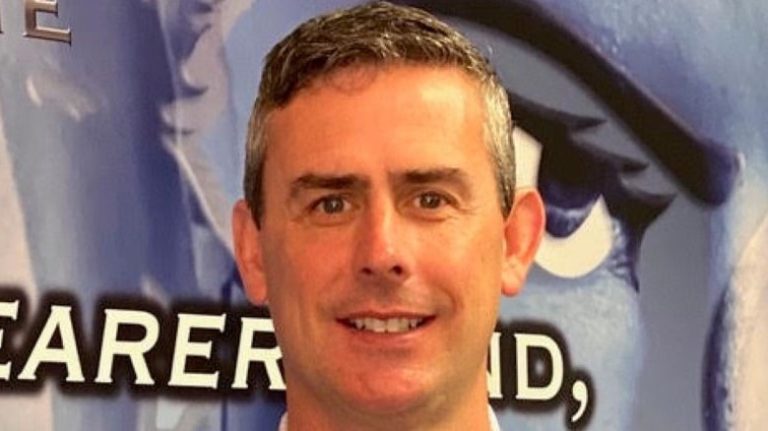According to a 2024 poll by Gallup, 32% of U.S. adults are engaged with their jobs, and 18% of people are actively disengaged. Those actively disengaged with their work — called “loud quitters” by Gallup — will post about their dissatisfaction on social media. People who are simply meeting their job expectations but aren’t necessarily engaged with their jobs are called “quiet quitters.” Gallup estimates that at least 50% of the workforce fit into this category and are likely looking for work elsewhere. Among workers under 35, the number of engaged employees significantly decreased by six points, and those actively disengaged increased by six points from 2024 to 2024.
According to The Conversation, the method of quiet quitting isn’t new. The idea of only doing the bare minimum on the job was used during labor disputes in the United Kingdom. Staffers used this tactic at a college in the U.K. in May 2024 to show that the college couldn’t work as effectively without staff going beyond their normal duties. Although this method isn’t new, the drive behind quiet quitting has shifted from collective action to mental health. It’s about work-life balance.
Can ‘quiet quitting’ help your mental health?

Although the World Health Organization doesn’t classify work burnout as a medical condition, it’s described as an occupational phenomenon in the International Classification of Diseases. Work burnout occurs when you feel depleted, you no longer feel effective in your job, and you have negative feelings about your job.
According to Healthline, quiet quitting is a way to deal with this work burnout. It means you’re identifying less with your job and placing more importance on your work-life balance. Rather than quitting the job altogether, you establish boundaries with your job so you don’t feel as much stress. This allows you to direct your efforts into factors that influence your well-being such as quality time with the important relationships in your life.
A 2024 study in Oncology Times offered some ways to address work burnout so that you can balance your work with your life. Be sure to include exercise and hobbies into your day, which helps you establish quality time outside of work. Make a plan to avoid emails and any work after your normal work hours. Most of all, make your mental health a priority and take vacation days.




